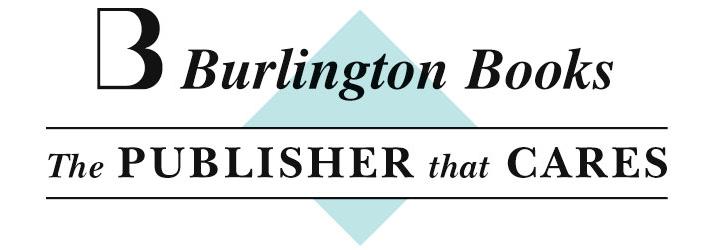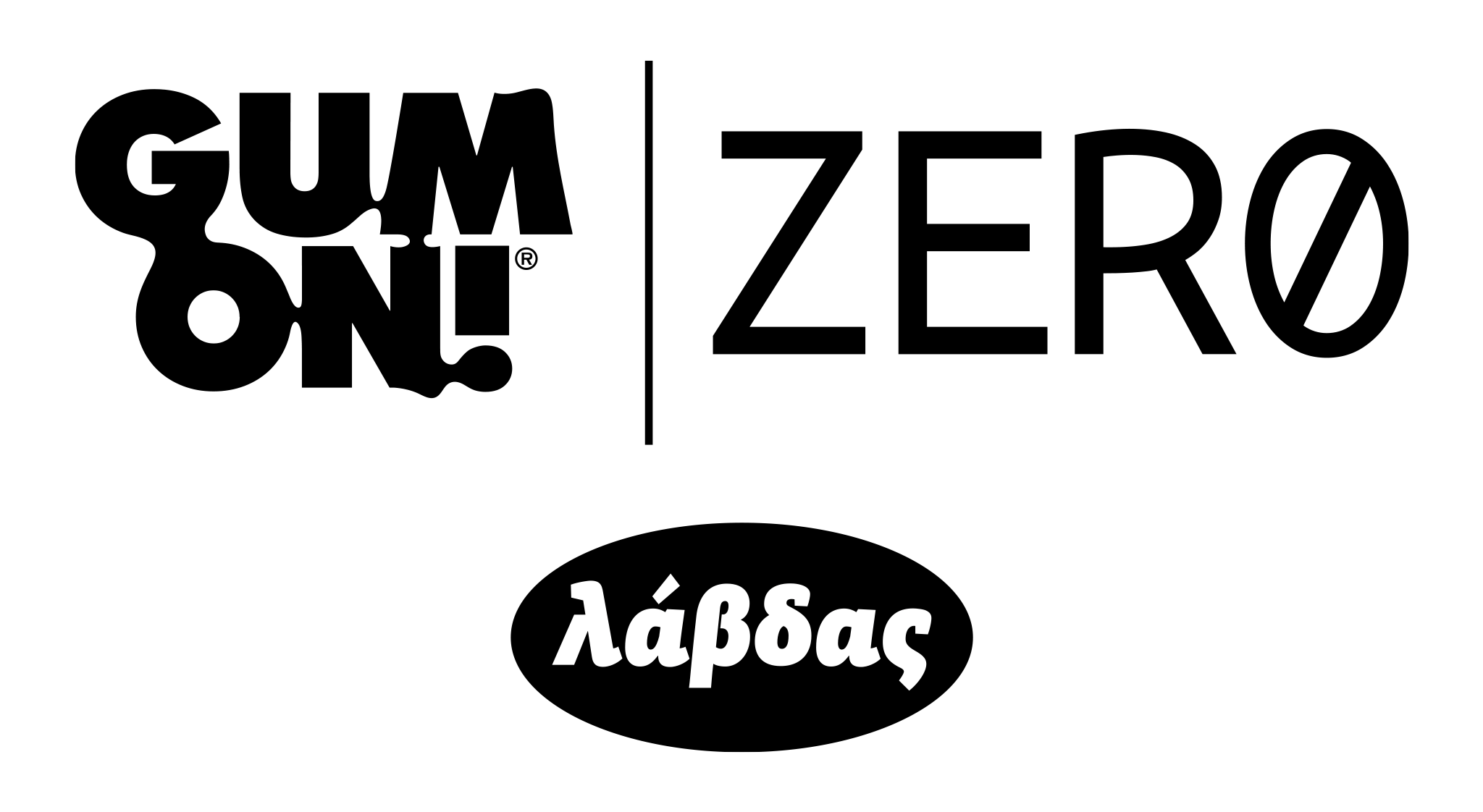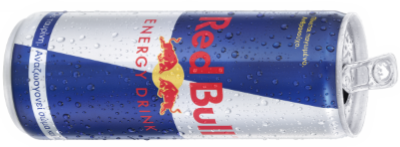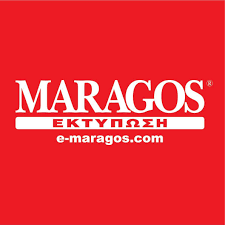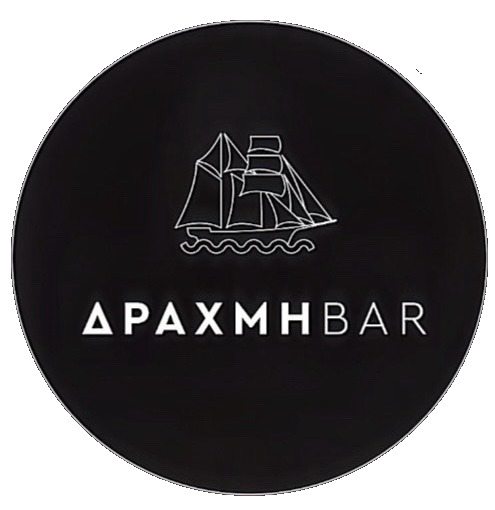The European Union exists – although in many different forms – since the 1940s. From the formation of the council of Europe consisting of 6 members, up until our modern union with 27 members and many more in the way, the EU has only grown and flourished since it began.
As the questions of the application and accession policy to the EU has been debated in the plenary session as part of the AFCO resolution, the BBC believed that a more in depth view of the history of the accession process could help widen understanding of the debate at hand.
During the aftermath of the Second World War, the continent that we know as Europe was on its knees. After the physical and psychological damage of nearly five years of bloodshed, 10 nations (Belgium, Denmark, France, Ireland, Italy, Luxembourg, the Netherlands, Norway, Sweden and the United Kingdom) decided to bond together and form a “federal union” to help resolve common problems between the countries of Europe. These ideas had been in the works since suggested by leaders such as Aristide Briand in 1929, and Winston Churchill in 1939.
The Council was signed into existence on the 5th of May 1949 under the Treaty of London. The organisation set out three of their major values; human rights, democracy and the rule of law. This organisation upheld these policies, specifically during conflicts such as the Cold War. All of these principles are still kept in utmost importance by the EU to this today.
To be accepted into this council, there were steps the nation had to complete;
• After the application of membership was submitted, there would be a an intense evaluation of their adherence to the three values of the Council.
• Their entrance would then be debated and would have to be proved by the Parliamentary Assembly. A two third majority vote would be necessary to have their accession granted.
• The formal accession would then be granted by signing the Statute of the Council of Europe.
If the Council of Europe was created to handle European human rights, then the European Coal and Steel Community (ECSC) of 1951 was created to handle economy and resources. Created by France, Germany, Italy and the Benelux countries (Belgium, Luxembourg and the Netherlands), it was created to pool together and share resources, as well as to prevent any country obtaining enough of this materials for malicious means. This foundational organisation was then improved upon by the signing of the Treaties of Rome. These agreements expanded the economic reach of the ECSC beyond coal and steel, creating a general body known as the European Economic Community.
The accession policy was similar to that of the European Council, but was obviously more focused on economics and market;
• After the formal application was submitted, the candidate nation would have their economic policies examined, as well as their market stability being taken into account.
• Negotiations would then occur. These could be centred around economic alignment with the EEC’s policy, adoptions of their legislature as well as contribution to its budget. These negotiations could take multiple years.
• Finally, the applicant would be approved
The final evolution of what we know as the European Union today was established in 1958. This was the first demonstration of the European Parliamentary system as we know it today. The first meeting of this group was held in Strasbourg.
Finally, after nearly 10 years of name changes and refurbishments, the European Union has become what we know it as today. The process of the modern day is slightly longer, but is much more comprehensive. As well as the previous steps, the candidacy system was introduced. This allowed countries to be declared candidates, but not full members. Some countries that fall under this role include Bosnia and Herzegovina (since 2016), Albania (since 2009), Georgia (since 2022), Moldova (since 2022), Montenegro (since 2010), North Macedonia (since 2005), Serbia (since 2010), Türkiye (since 1999) and Ukraine (since 2022).
The European accession process has been a long road, and will only get longer in time. The BBC is committed to keeping you updated with information of the utmost quality regarding the European Union.
Tom Egan, BBC


